Industrial packaging refers to the specialized solutions designed for the needs of various industries, such as manufacturing, logistics, and distribution. Its main role is to protect goods and products during storage, transportation, and handling processes within the industrial supply chain. It also serves as a means of identification, providing essential information about the product and its contents.
Cougar Packaging Solutions is committed to providing exceptional products and services tailored to meet each client’s requirements. We prioritize understanding the brand’s values and unique packaging needs to deliver solutions that meet functional requirements and align with the brand identity. We can also identify cost-effective strategies that optimize packaging efficiency without compromising quality.
Types of Industrial Packaging Solutions
Industrial packaging encompasses various formats and materials, each suited to specific industry needs. Here are some common types:
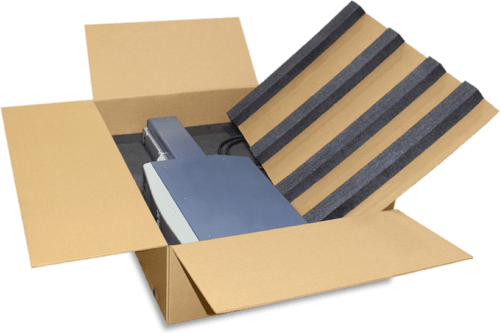
BOXES AND CARTONS
Boxes and cartons are widely used in industrial packaging due to their versatility, strength, and ease of handling. They are typically made of cardboard or corrugated materials and come in various sizes and shapes to accommodate different products and needs. They are also designed to be stackable, allowing efficient use of space during transportation and warehousing.
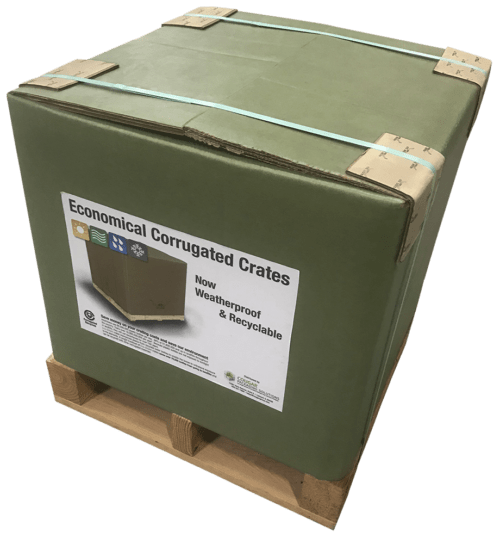
CRATES AND CONTAINERS
Crates and containers are sturdy and durable industrial solutions for transporting and storing goods, particularly heavy or irregularly shaped items. They are built to withstand rough handling, stacking, and impacts during transit, ensuring the integrity of the packaged goods. They are also often reusable, providing a cost-effective and sustainable option.
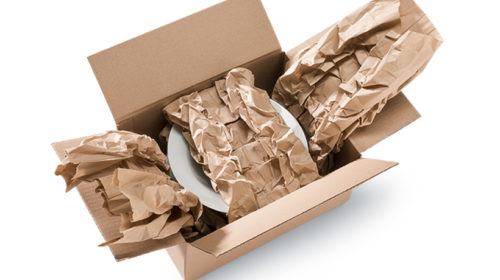
DUNNAGE AND VOID FILLS
Dunnage and void fills are essential packaging components that help fill empty spaces within containers to ensure the stability of the goods. They act as a buffer between the product and the inner walls of the package, minimizing the potential for breakage or deformation. Common types of dunnage include foam inserts, air pillows, bubble wraps, shredded paper, or inflatable systems.
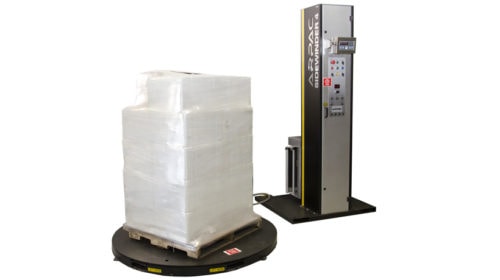
FLEXIBLE PACKAGING
Flexible packaging utilizes flexible materials like plastic films to enclose and protect products. It can be made from laminates, polyethylene (PE), polypropylene (PP), or polyethylene terephthalate (PET). They provide exceptional barrier properties, ensuring product freshness and protection from moisture, light, and oxygen.
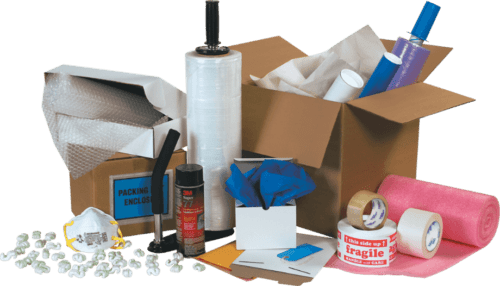
SPECIALTY PACKAGING
Specialty packaging refers to specialized solutions designed to meet unique requirements or cater to specific industries or products. It involves creating packaging beyond standard options to address specific needs, enhance product presentation, or provide added functionality. For example, luxury packaging is often used for high-end products requiring a formal and premium presentation.
Packaging Design and Optimization
Design and optimization allow manufacturers to create visually appealing, functional, efficient, and cost-effective packaging solutions. One of the primary goals of design is to ensure the functionality and protection of the packaged product. Therefore, designers consider product size, shape, fragility, and material compatibility factors.
Design is also vital in branding and marketing efforts. Designers and manufacturers work closely with marketing teams to create packaging that aligns with the brand’s visual identity and communicates the intended message. They strategically incorporate colors, typography, graphics, and logos to create packages that stand out on store shelves.
On the other hand, packaging optimization focuses on improving the process’ cost-effectiveness and efficiency. This includes streamlining package dimensions, reducing material usage, and maximizing the use of space during transportation and storage. It may also involve exploring lightweight materials, implementing sustainable practices, and considering recyclability or reusable options.
Key Considerations for Effective Industrial Packaging Solutions
The following considerations help ensure that the packaging meets the requirements, protects the product during shipping and storage, and aligns with sustainability goals:
PRODUCT PROTECTION
The primary purpose of packaging is to protect the product from damage or contamination. Therefore, companies should consider the nature of the product, its fragility, sensitivity to temperature or moisture, and any specific handling requirements. They must also ensure that it provides adequate cushioning, support, and barrier properties to safeguard the product’s integrity.
PACKAGING DESIGN AND MATERIALS
The packaging should accommodate the product’s shape, size, and weight to ensure a secure fit. The materials must also be durable, resistant to environmental factors, and compatible with the product to prevent chemical interactions or degradation. For example, if the product is a perishable food item, the material should have features that can maintain the product’s freshness.
EFFICIENCY AND COST-EFFECTIVENESS
Effective industrial packaging should be efficient and cost-effective. This means optimizing the packaging design to minimize material usage, reduce waste, and maximize space utilization. It should also reduce shipping costs, improve logistics, and enhance overall supply chain efficiency.
SUSTAINABILITY
Increasingly, companies are focusing on sustainable solutions to minimize environmental impact. For example, using eco-friendly materials, incorporating recycled content, or ensuring recyclable packaging can contribute to sustainability goals. Additionally, optimizing packaging dimensions and weight can reduce carbon emissions during transportation.
BRANDING AND MARKETING
Industrial packaging also serves as a branding and marketing tool. The design should align with the brand’s identity and effectively communicate the message. Eye-catching graphics and clear branding elements can enhance brand recognition, create a positive customer experience, and differentiate the product.
Relevant Regulations and Standards for Industrial Packaging
Industrial packaging is subject to various regulations and standards to ensure the safety, integrity, and proper handling of goods. Adherence to these is crucial for companies operating in this field. Here are some key organizational guidelines that apply to industrial packaging:
Trust Cougar Packaging Solutions for High-Quality Services!
At Cougar Packaging Solutions, our dedication to providing exceptional products and services sets us apart in the industry. With over 50 years of experience, we have gained problem-solving expertise that enables us to deliver excellent solutions to our valued customers. We will carefully analyze your packaging needs, considering product characteristics, shipping requirements, and budget constraints.
Contact us today to partner with us!
